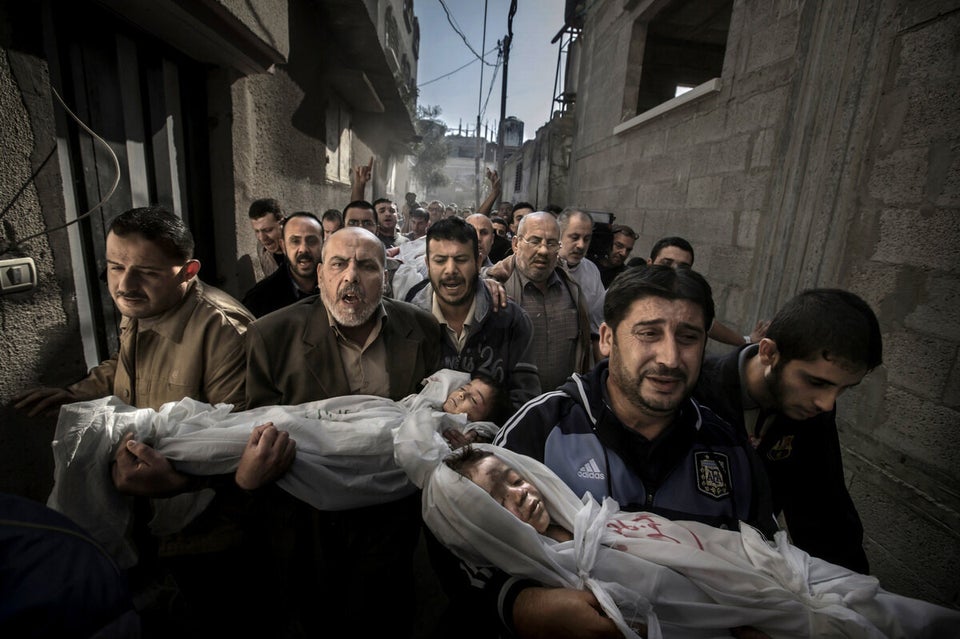The winning image of the 2013 World Press Photo was not faked, it has been confirmed.
Swedish photographer Paul Hansen’s image Gaza Burial came under scrutiny after it was suggested the picture was a composite of three different photos.
The claims, published by Extremetech.com, also alleged various limbs had been spliced together from each of the pictures, along with further manipulation of the mourner’s faces.

Paul Hansen's winning image 'Gaza Burial'
Hansen, who reportedly did not submit the RAW file of the photo in the first instance, vehemently denied the allegations and World Press Photo has since investigated the matter and confirmed the integrity of the image.
On Tuesday the organisation released a statement detailing the findings of a panel of experts.
It said:
“We have reviewed the RAW image, as supplied by the World Press Photo, and the resulting published JPEG image. It is clear that the published photo was retouched with respect to both global and local colour and tone. Beyond this, however, we find no evidence of significant photo manipulation or compositing. Furthermore, the analysis purporting photo manipulation is deeply flawed, as described… [click here for the full analysis]."
On Monday Extremetech.com wrote: “Basically, Hansen took a series of photos – and then later, realizing that his most dramatically situated photo was too dark and shadowy, decided to splice a bunch of images together and apply a liberal amount of dodging (brightening) to the shadowy regions.”
Hansen responded via News.com.au, asserting the “photograph is certainly not a composite or a fake.”
He added: “I have never had a photograph more thoroughly examined, by four experts and photo-juries all over the world.”
Contest rules regarding photo manipulation state: “The content of the image must not be altered. Only retouching which conforms to the currently accepted standards in the industry is allowed.”
Hansen continued: "In the post-process toning and balancing of the uneven light in the alleyway, I developed the raw file with different density to use the natural light instead of dodging and burning. In effect to recreate what the eye sees and get a larger dynamic range.
"To put it simply, it's the same file - developed over itself - the same thing you did with negatives when you scanned them."
